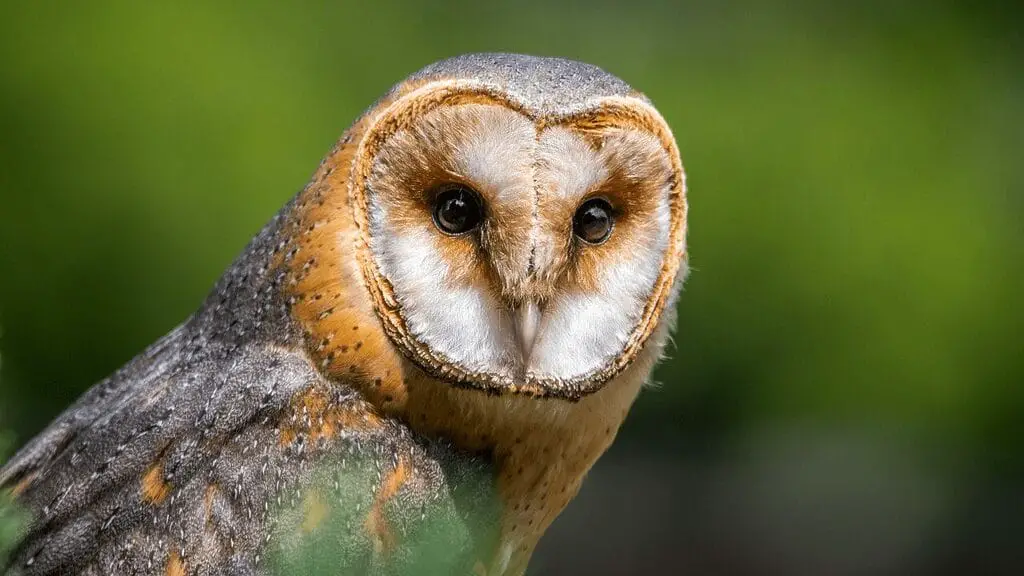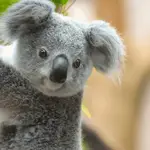In the intricate dance of predator-prey relationships, the evolutionary significance of stealth is paramount for both parties involved. For predators, mastering the art of camouflage provides a crucial advantage in stalking and capturing prey.
Natural selection favors those individuals with traits that enhance their ability to blend seamlessly into their surroundings, allowing them to approach undetected. This not only increases the likelihood of a successful hunt but also reduces the chances of injury from vigilant prey.
On the flip side, prey species have evolved to detect and evade predators, driving the development of covert behaviors. Animals employ strategies such as cryptic coloration, mimicking their surroundings, or adopting nocturnal habits to avoid detection.
This arms race of adaptations has led to an intricate balance in ecosystems, where predators continually refine their stealth tactics, and prey species hone their ability to recognize and escape from potential threats.
Overall, the evolution of stealth in predator-prey relationships is a testament to the perpetual arms race in the natural world. Camouflage and covert behaviors represent adaptive responses that contribute to the survival and success of both predators and prey, shaping the diversity and resilience of ecosystems.
The Masters of Stealth: Top 5 Stealthy Animals
1 – The Elusive Snow Leopard

The snow leopard, a master of stealth in mountainous terrain, boasts a suite of adaptations finely tuned for survival. Its thick, smoky-gray fur patterned with rosettes provides excellent camouflage against rocky landscapes, aiding in ambushing prey. Large, powerful paws act as natural snowshoes, facilitating silent movement in snowy environments. Possessing an extraordinary sense of balance, the snow leopard effortlessly navigates steep, rugged terrain, making it a formidable mountain hunter.
This elusive feline employs a patient and solitary hunting technique. Preferring to stalk its prey from above, the snow leopard capitalizes on its excellent vantage points, utilizing rocky outcrops for concealment. With an innate ability to traverse challenging landscapes, coupled with a solitary nature, the snow leopard epitomizes the epitome of stealth, ensuring its success in the harsh mountainous habitats it calls home.
2 – The Ghostly Praying Mantis
Praying mantises exhibit remarkable camouflaging abilities crucial for their predatory lifestyle. Their bodies often mimic foliage, bark, or flowers, blending seamlessly into their surroundings. This effective camouflage allows them to lie in wait, remaining unnoticed by both prey and potential predators.
As ambush predators, mantises employ a patient hunting strategy. They remain motionless for extended periods, relying on their cryptic appearance to deceive unsuspecting prey. With lightning-fast reflexes, mantises snatch victims using their powerful forelegs, a move so swift it’s often nearly imperceptible. Intriguingly, some mantises engage in unique predatory behaviors, such as sexual cannibalism, where the female may consume the male after mating. This combination of effective camouflage, patient stalking, and distinctive predatory behaviors makes praying mantises formidable and fascinating hunters in the insect world.
3 – The Silent Owl Predators

Owls, masters of nocturnal predation, owe their hunting prowess to a set of specialized adaptations. Unique among birds, their feathers feature serrations and soft fringes that muffle the sound of their flight, enabling virtually silent movement through the night. This silent flight is crucial for surprising prey. Their large eyes, adapted for low-light conditions, maximize light capture, and a facial disk funnels sound to their ears, granting exceptional auditory precision.
Owls’ nocturnal lifestyle is further supported by their keen senses and specialized feathers. Their remarkable vision, paired with acute hearing, allows them to locate prey with extraordinary accuracy. A raptor’s powerful talons and beak complete the package, ensuring swift and efficient hunting. The combination of silent flight, specialized feathers, and heightened senses underscores the remarkable adaptation of owls to their nocturnal environment, solidifying their status as proficient and enigmatic nocturnal hunters.
4 – The Chameleonic Masters
Chameleons are renowned for their extraordinary color-changing abilities, a skill that serves dual purposes in defense and hunting strategies. These reptiles possess specialized cells, called chromatophores, containing pigments that respond to various external stimuli, enabling rapid changes in skin color. Camouflage plays a pivotal role in their defensive tactics, allowing chameleons to blend seamlessly with their surroundings to avoid predators.
In hunting, chameleons employ a more active form of camouflage. When stalking prey, they can change colors to create patterns that mesmerize or confuse their quarry. This visual trickery enhances their stealth and aids in ambushing insects. The ability to alter skin color not only reflects the chameleon’s mood or temperature regulation but also showcases a sophisticated adaptation for survival, highlighting the intricate interplay between physiology and behavior in the natural world.
5 – The Sleek and Silent Jaguar

Jaguars, powerful big cats native to the Americas, exhibit stealthy movements and formidable hunting techniques that establish them as apex predators in diverse ecosystems. Renowned for their elusive and silent stalking, jaguars navigate through dense vegetation with expert stealth, utilizing their distinctive rosette-patterned fur for camouflage. They are adept swimmers and often ambush prey near water sources, showcasing versatility in their hunting strategies.
Possessing powerful jaws and a robust physique, jaguars can deliver a lethal bite to the skulls or necks of their prey, which ranges from capybaras to deer and even caimans. Their role as apex predators is pivotal in maintaining ecological balance by regulating prey populations and influencing habitat dynamics. Jaguars’ prowess as top predators underscores their significance in shaping the health and biodiversity of the ecosystems they inhabit, making them both elusive and vital components of their respective habitats.
Strategies and Adaptations for Stealth
Cryptic Coloration and Camouflage Techniques
Animals use colors and patterns to blend into their surroundings through a phenomenon known as camouflage, a crucial adaptation that aids in survival. The science behind effective camouflage lies in the interaction between an animal’s appearance and its environment. Through natural selection, individuals with traits that enable them to better match their surroundings gain a survival advantage.
Cryptic coloration, mimicry, and disruptive patterns are common strategies. Cryptic coloration involves resembling the background color, making the animal harder to detect. Mimicry involves looking like another object, organism, or part of the environment. Disruptive patterns break up an animal’s outline, making it challenging for predators or prey to recognize its shape.
These adaptations are often linked to an animal’s anatomy, such as specialized skin pigments or fur patterns. The science of effective camouflage showcases the intricate ways in which evolution shapes organisms to enhance their chances of survival in their specific ecological niches.
Silent Movement and Communication
Stealthy animals move quietly to avoid detection through a combination of anatomical adaptations and deliberate behavioral strategies. Softly padded feet with specialized structures, like fur or feathers that dampen sound, allow for silent movement. Additionally, deliberate, slow, and purposeful steps minimize vibrations that might alert potential prey or predators.
Silent communication within species is crucial for coordinating group movements, especially among social animals. Many species employ visual signals, such as subtle body language or facial expressions, to convey information without vocalizing. This silent communication is integral during hunting, mating, or evading predators. In the absence of vocalization, it enhances the efficiency of group activities, reduces the risk of detection by predators, and aids in maintaining the element of surprise during crucial moments in the lives of these stealthy creatures.








